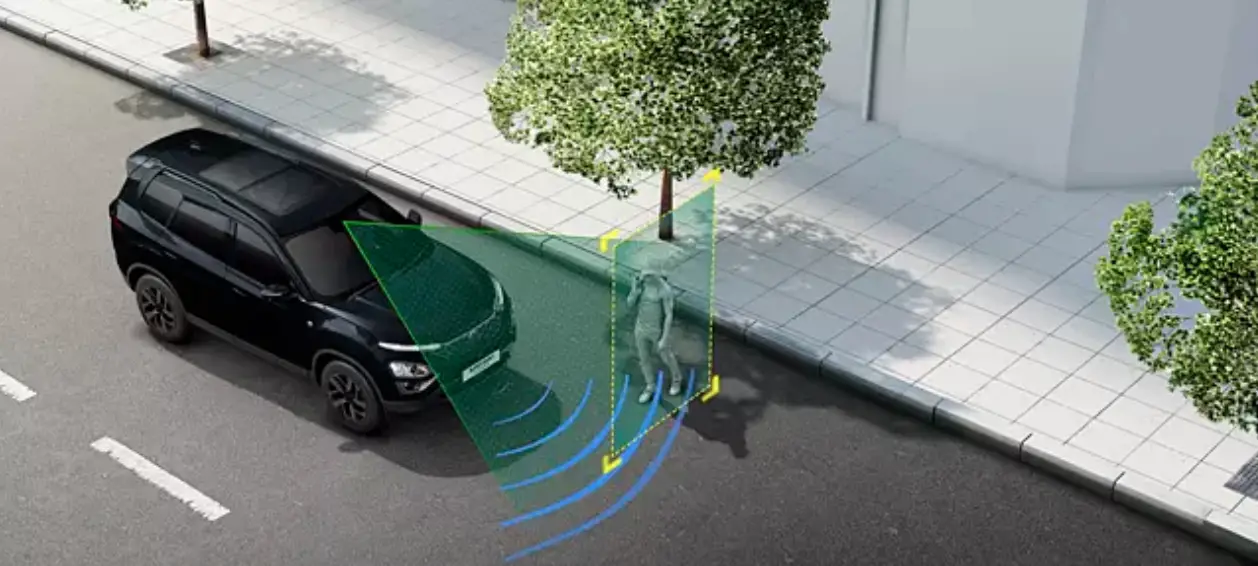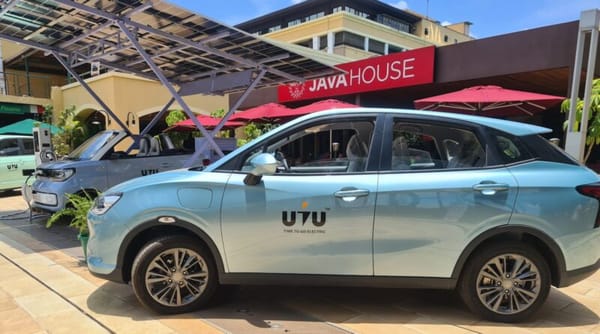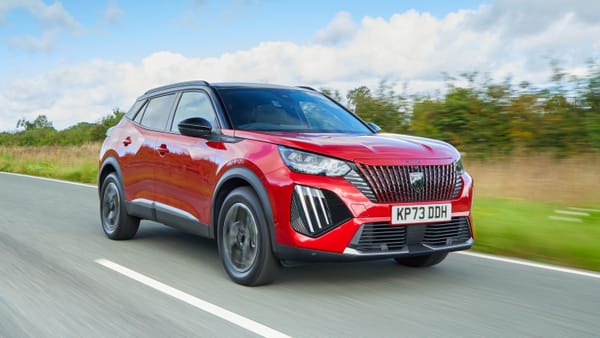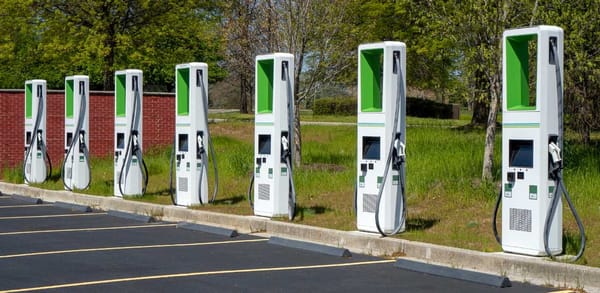Understanding Electric Vehicle Tariffs and Their Global Adoption.
These tariffs, or pricing schemes, are designed to incentivize the use of EVs and ensure that the necessary infrastructure, such as charging stations, is economically viable and accessible.


Electric vehicles (EVs) are rapidly becoming a sustainable alternative to traditional gasoline and diesel-powered cars.
One crucial aspect of promoting the adoption of EVs is the implementation of electric vehicle tariffs.
These tariffs, or pricing schemes, are designed to incentivize the use of EVs and ensure that the necessary infrastructure, such as charging stations, is economically viable and accessible.
What Are Electric Vehicle Tariffs?
Electric vehicle tariffs refer to the specific pricing structures and policies set by utilities and governments for the charging of EVs.
These tariffs can vary significantly, but they generally aim to achieve several key objectives:
- Encourage Off-Peak Charging: Many EV tariffs are designed to encourage charging during off-peak hours when the demand for electricity is lower. This helps balance the load on the grid and can result in cost savings for consumers.
- Promote Renewable Energy Use: Some tariffs are structured to incentivize the use of renewable energy sources for charging, thereby reducing the carbon footprint of EVs.
- Support Infrastructure Development: By setting appropriate tariffs, utilities can ensure that they recover the costs associated with the development and maintenance of EV charging infrastructure.
- Make EVs Affordable: Competitive and transparent tariffs can make EVs more affordable to a broader range of consumers, accelerating their adoption.
Types of Electric Vehicle Tariffs
There are several types of EV tariffs, each with its unique characteristics:
- Time-of-Use (TOU) Tariffs: These tariffs vary based on the time of day. Rates are typically lower during off-peak hours and higher during peak hours. TOU tariffs encourage EV owners to charge their vehicles during times when overall electricity demand is low.
- Flat-Rate Tariffs: A fixed rate is charged for electricity regardless of the time of use. While simpler, flat-rate tariffs may not provide the same level of incentive for off-peak charging.
- Dynamic Pricing: Prices fluctuate based on real-time demand and supply conditions. This type of tariff can optimize grid efficiency but requires more sophisticated metering and communication infrastructure.
- Subscription-Based Tariffs: Customers pay a monthly fee for a certain amount of electricity or access to charging stations. This model can simplify billing and provide predictable costs for EV owners.
Countries Leading the Way in EV Tariffs
Several countries have implemented innovative EV tariff structures to promote the adoption of electric vehicles. Here are a few examples:
- Norway: As one of the global leaders in EV adoption, Norway has implemented various incentives, including favorable EV tariffs. Time-of-use tariffs and significant tax benefits make EVs an attractive option for Norwegian consumers.
- Germany: Germany has introduced dynamic pricing models and subsidies for EV charging infrastructure. The country also offers reduced tariffs for charging with renewable energy sources.
- United States: In the U.S., several states have adopted different EV tariff models. California, for instance, offers time-of-use rates that encourage off-peak charging. Utilities like PG&E and Southern California Edison provide special EV tariffs to their customers.
- United Kingdom: The UK has implemented time-of-use tariffs through programs like the "Smart Export Guarantee," encouraging EV owners to charge their vehicles during off-peak hours and use renewable energy.
- China: With one of the largest EV markets in the world, China has introduced various tariff structures, including TOU rates and subsidies for EV charging infrastructure, to promote widespread adoption.
- Netherlands: The Netherlands has implemented TOU tariffs and encourages the use of renewable energy for EV charging. The country also offers incentives for the installation of home charging stations.
Conclusion
Electric vehicle tariffs play a crucial role in the transition to sustainable transportation.
By incentivizing off-peak charging, promoting renewable energy use, and supporting infrastructure development, these tariffs help make EVs more accessible and affordable.
Countries around the world are adopting innovative tariff structures to encourage the adoption of electric vehicles, paving the way for a cleaner and greener future.




